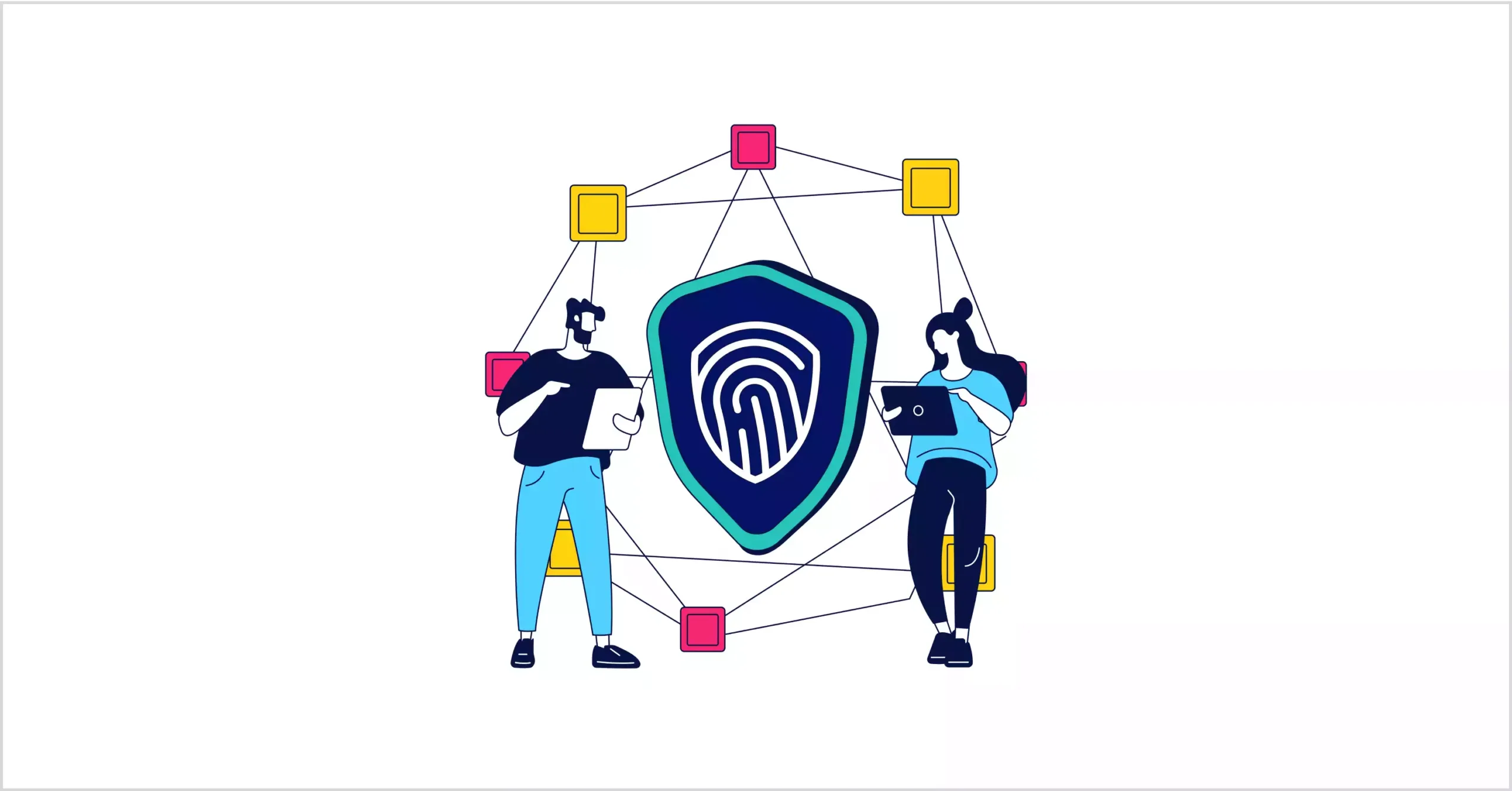What Is Strong Customer Authentication?
Mandated under the PSD2 directive in the European Union, SCA requires that certain transactions be verified using at least two independent factors: something the user knows, something they have, or something they are. This approach strengthens the customer verification process, especially in card-based payment scenarios, and helps prevent unauthorized access or fraudulent activity.
But while SCA enhances security, it also introduces new challenges for businesses — from managing exemption to maintaining a smooth user experience. Understanding how SCA works, who it applies to, and how to implement it effectively is essential for any company handling online payments.
What Is Strong Customer Authentication (SCA)?
Strong Customer Authentication (SCA) is a regulatory requirement introduced under the PSD2 directive in the European Union. It aims to make online payments more secure by requiring businesses to verify the identity of the customer using at least two out of three independent factors:
This layered approach to authentication significantly reduces the risk of unauthorized transactions and helps protect both customers and businesses from fraud.

Why Was SCA Introduced?
The rapid growth of online transactions has transformed how businesses and customers interact, but it has also opened the door to increasingly sophisticated payment fraud. Traditional card-based payments, especially those processed without strong identity verification, have become a prime target for cybercriminals. These vulnerabilities expose both user data and business systems to significant risk, making secure authentication more critical than ever.
To address this challenge, regulators introduced Strong Customer Authentication (SCA) as part of the broader PSD2 directive. This multi-factor authentication framework is designed to ensure that payments are not only authorized but also protected against unauthorized access and manipulation.
The goal of SCA is clear: make payments more secure without compromising the user experience. By enforcing strong authentication, businesses can better safeguard customer data, reduce the likelihood of fraudulent transactions, and build trust in their online platforms. At the same time, the regulation allows for specific exemptions—such as low-value transactions or recurring payments—to maintain convenience where the risk is minimal.
How Does SCA Work?
When a customer initiates an online payment, the system must trigger authentication that meets SCA standards. For example:
In many cases, 3D Secure 2 (3DS2) is used to facilitate this process, especially for card payments. This protocol allows for seamless authentication while maintaining a smooth user experience.
Who Needs to Comply with Strong Customer Authentication?
Strong Customer Authentication is not optional for businesses operating within the European Economic Area (EEA). If your company processes online payments or initiates transactions involving customers in the EU, you are likely subject to SCA requirements under PSD2.
Here’s who must comply:
Even if your business is based outside the EU, you may still need to comply if you serve customers within the region. Ignoring SCA can lead to declined transactions, increased fraud exposure, and regulatory penalties.
Benefits of Strong Customer Authentication
Implementing Strong Customer Authentication offers more than just regulatory compliance. It brings several key advantages to businesses and customers alike:
Challenges and Criticism
Despite its benefits, SCA isn’t without its challenges. Many businesses—especially those in e-commerce and SaaS—have faced hurdles in implementation:
How to Prepare Your Business for Strong Customer Authentication
Strong Customer Authentication is more than just a regulatory checkbox—it’s a critical layer of defense against fraud, a trust signal for your customers, and a foundation for safer online payments.
While implementing SCA can introduce complexity, especially around user experience and exemptions, the long-term benefits far outweigh the challenges. By understanding the rules, preparing your systems, and educating your users, your business can stay compliant, reduce risk, and build a more resilient payment infrastructure.





